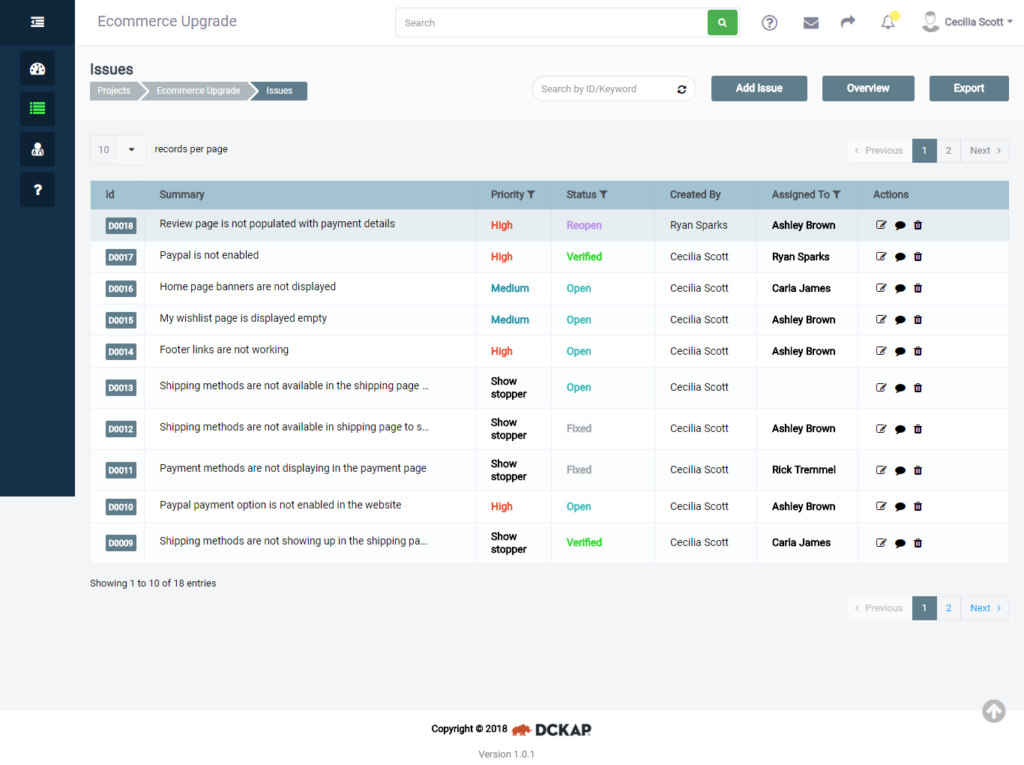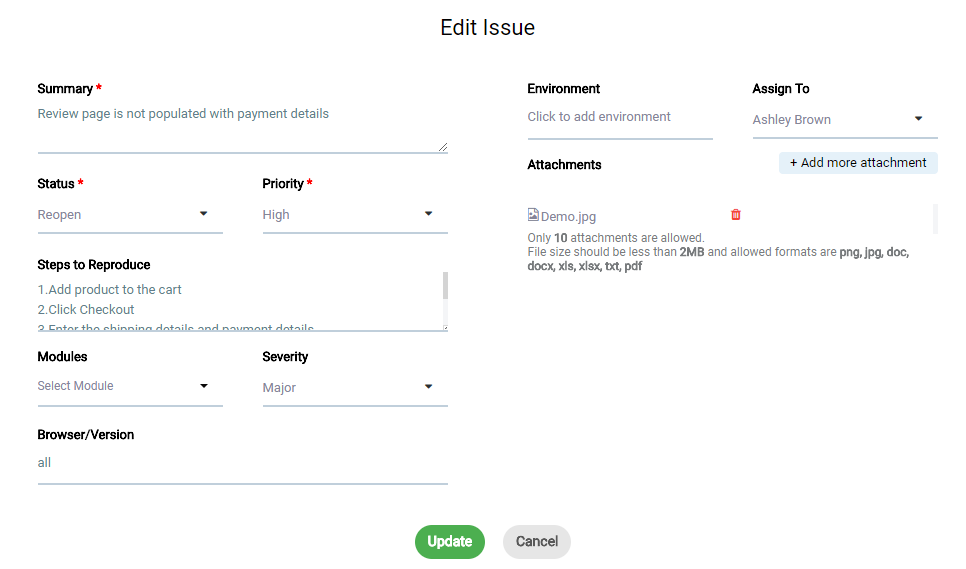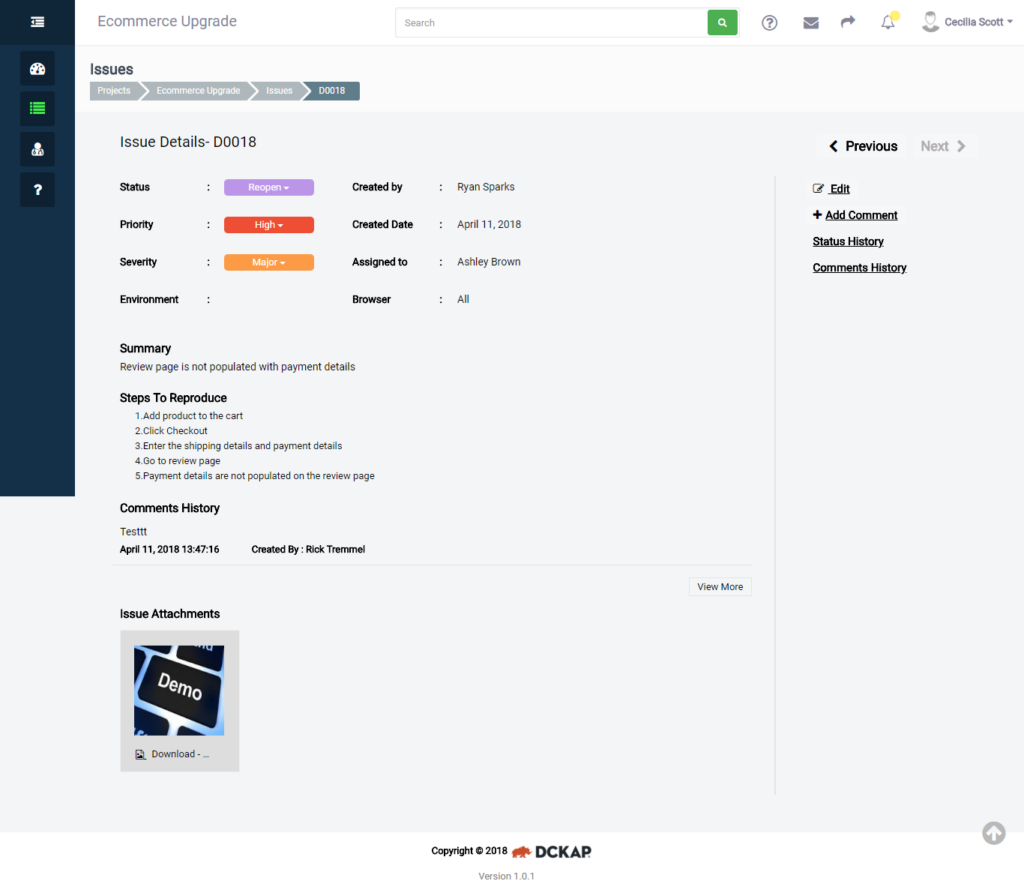A defect is defined as a flaw in a component or system that can cause the component or system to fail to perform its required function.e.g., an incorrect statement or data definition. A defect, if encountered during execution, may cause a failure of the component or system (ISTQB GLOSSARY).
These defects are showstoppers and they are certainly to be eradicated. The process of tracking these defects is called Defect Tracking.
Why do we need Defect Tracking?
During the development phase of a product or software, tracking defects is the most important and tedious task of all. Earlier days defect tracking was carried out using excel sheets, whereas at present software features are getting bigger, and complex, and customers are nitpicking when it comes to user experience. These special requirements lead to an increase in the number of defects occurred. With hundreds of defects in hand, it’s pretty cumbersome to handle them in a simple Excel. The bug/defect tracking system is the solution for such a vast task. It is important for every system to maintain quality and to save time and money.
The system helps in categorizing the defects thus bucketing them under different categories like open, in progress, fixed, closed, invalid, duplicate and so on. The system allows you to sort, filter, and search your bugs in an easy manner. In addition, these defect tracking systems allow you to assign issues to specific people, thus making it easy to see who is working on that particular defect. Furthermore, the bug tracker helps in creating a central repository to store, prioritize, and analyze bugs against the new functionality. We can also specify the testing environments (Browser, Platform, and Device) and assign different platforms to different users for better handling and tidy operation.
In some scenarios, bugs that are not fixed within the current release will have to be backlogged so that even after months (or perhaps years) those defects can be reopened and worked on for the subsequent release. Defect tracking system handles the above scenarios without any difficulties whatsoever.
The most welcoming feature of few trackers is that they allow teams to communicate with each other within the platform making the work easier and storable for further purposes.
Finally, the bug report plays a major role after completion of testing, which can be exported based on our needs. After all, the biggest benefit of a good defect tracking process is quality delivery and happy customers.
Defect tracking with QA Touch
The defect logging in QA Touch is much easier. Without the need for switching to third-party defect tracking tool, you can post the defects in the inbuilt defect tracker with the key details and assign to the development team. Also, the slick UI is intuitive and immersive enough to make your much easier. You will get an insight about the issues module with the below snapshots:
Issues Listing

Add Issue
View Issue
Edit Issue
Should you be looking for a smarter test management tool, try QA Touch.








